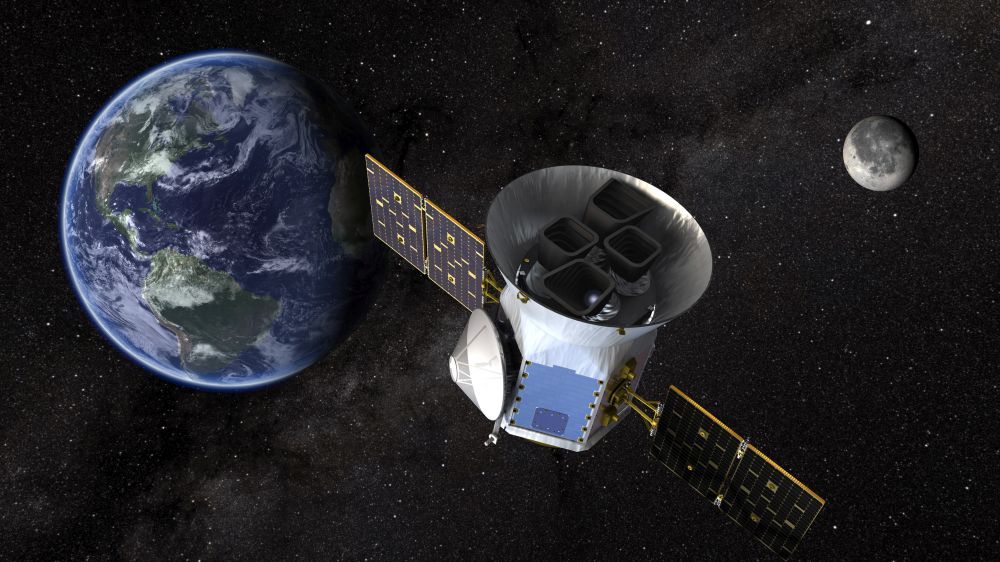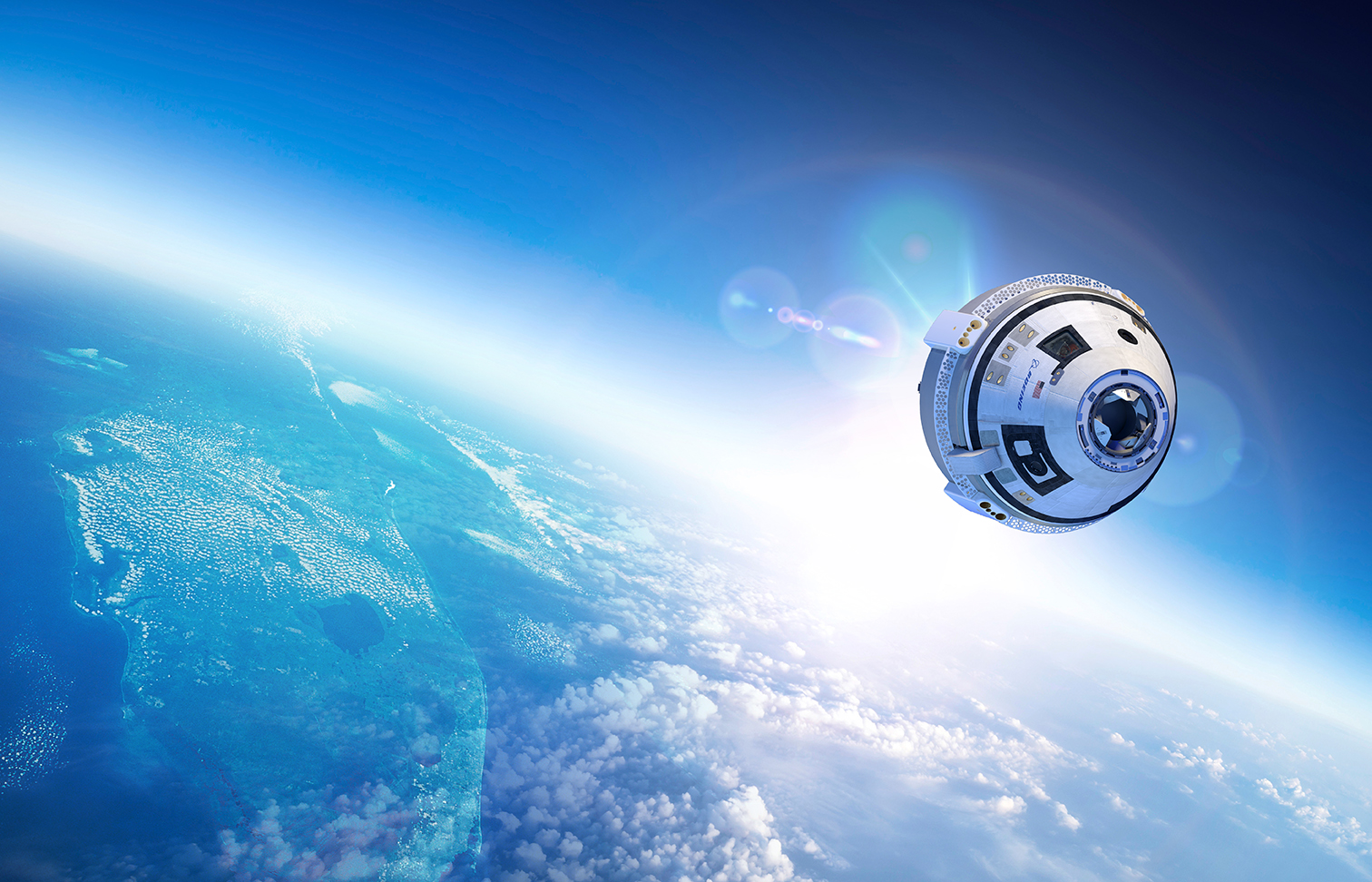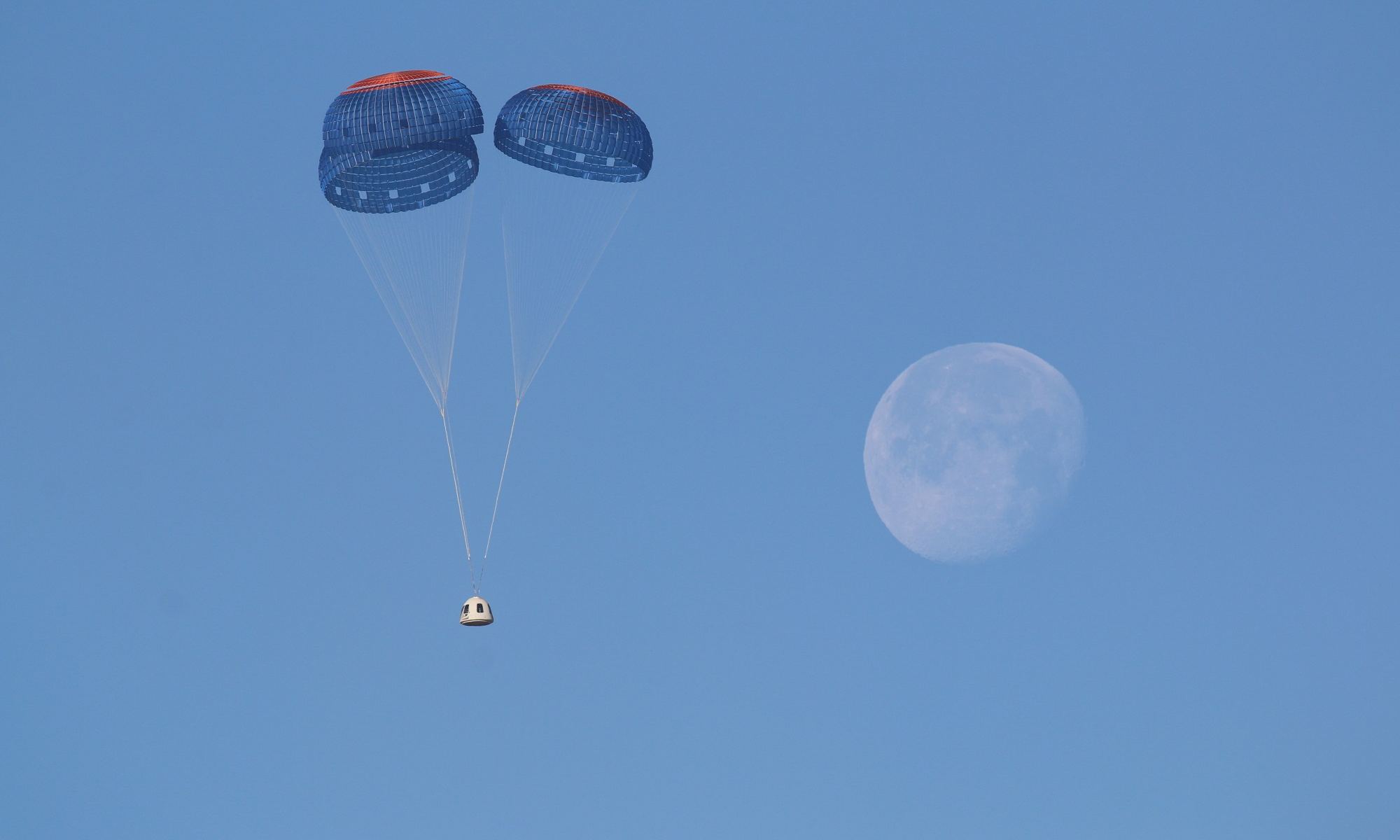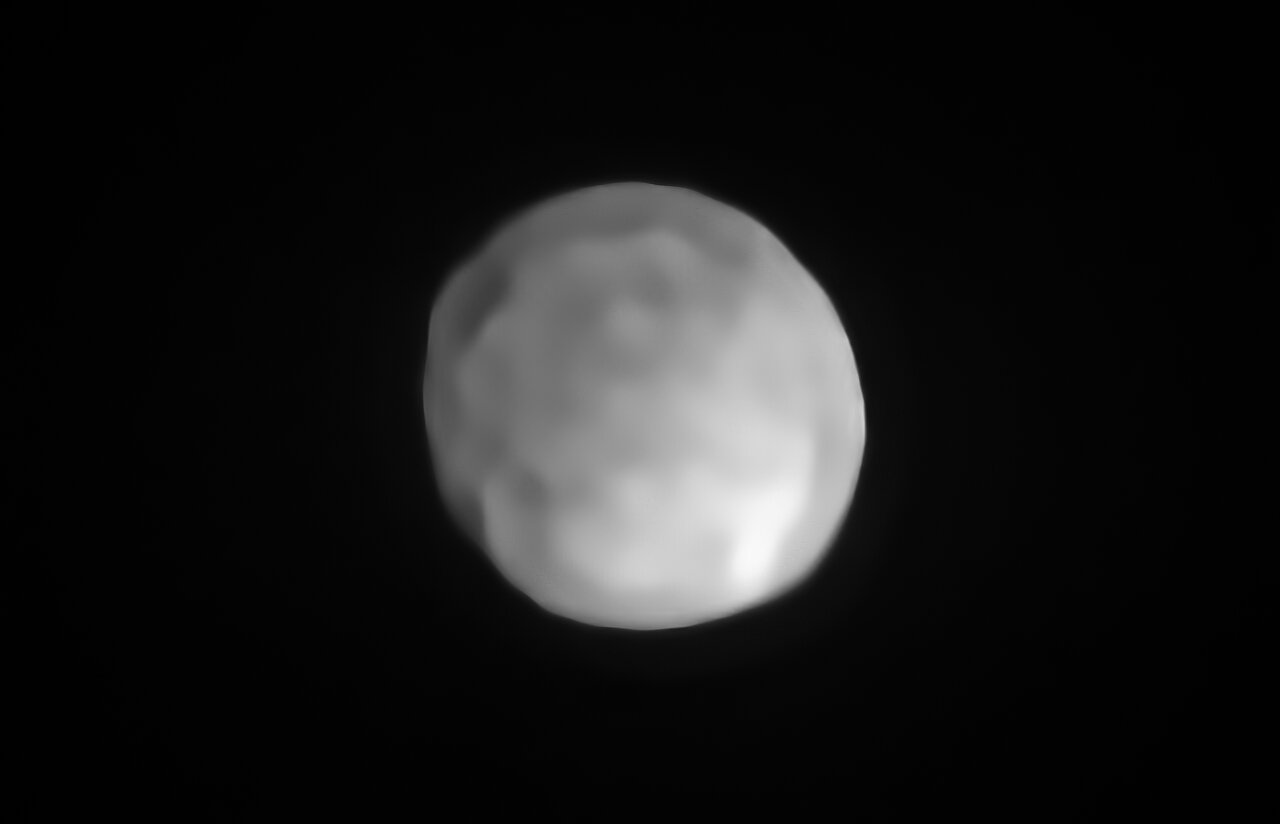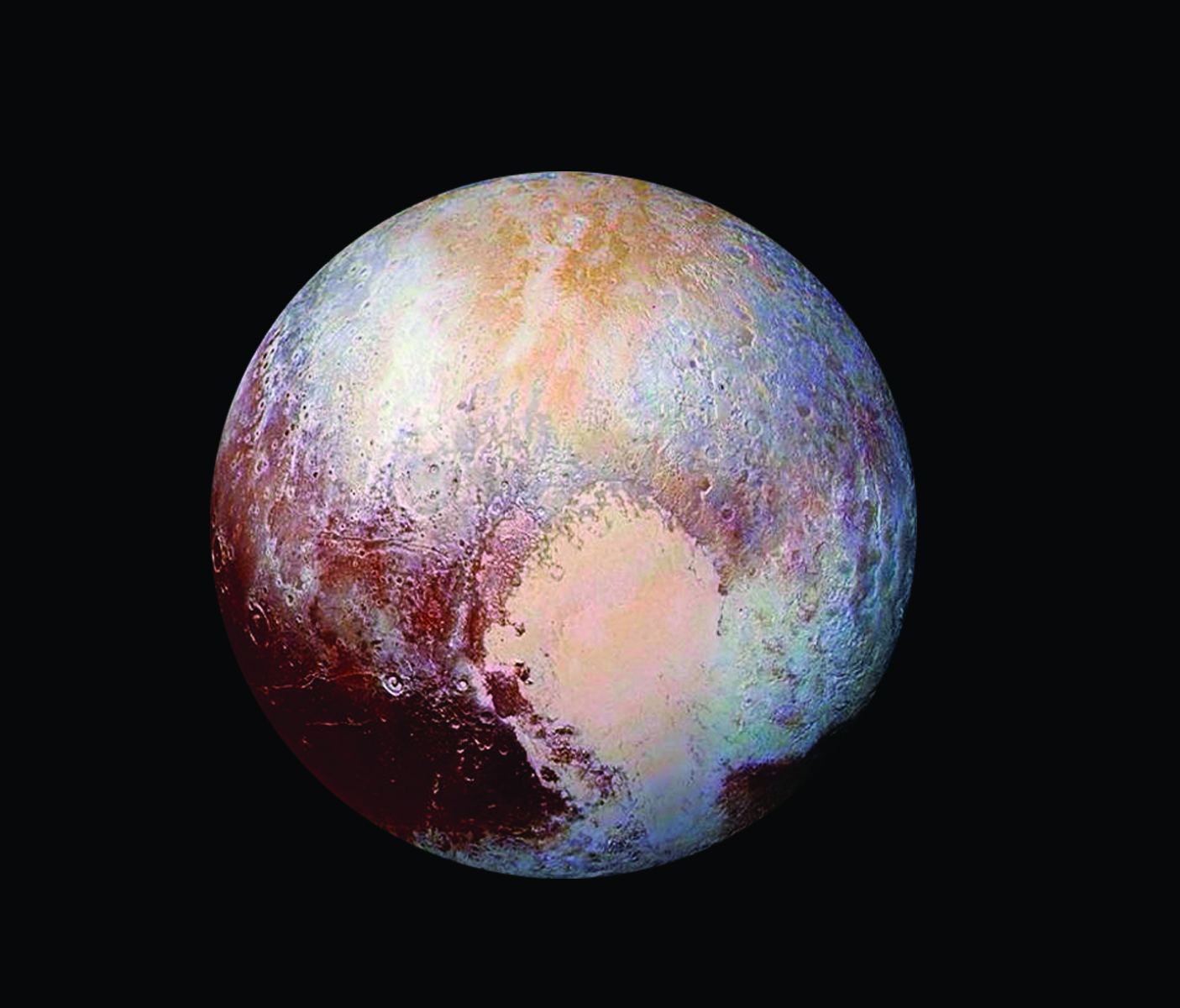The universe is a seemingly endless sea filled with stars, galaxies, and nebulae. In it, we see patterns and constellations that have inspired stories throughout history. But there is one cosmic pattern we still don’t understand. A question that remains unanswered: What is the shape of the universe? We thought we knew, but new research suggests otherwise, and it could point to a crisis in cosmology.
Continue reading “New Research Suggests that the Universe is a Sphere and Not Flat After All”New Research Suggests that the Universe is a Sphere and Not Flat After All


